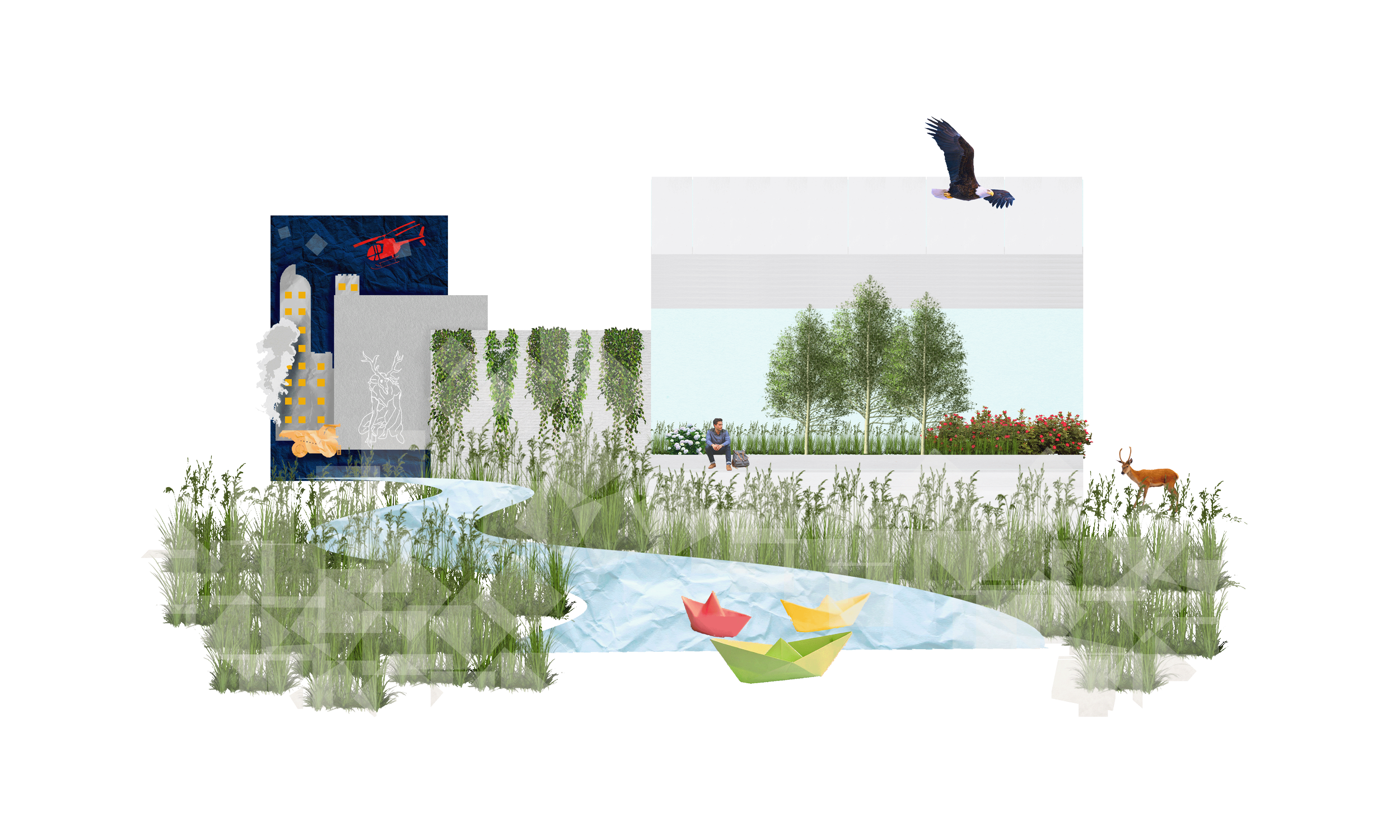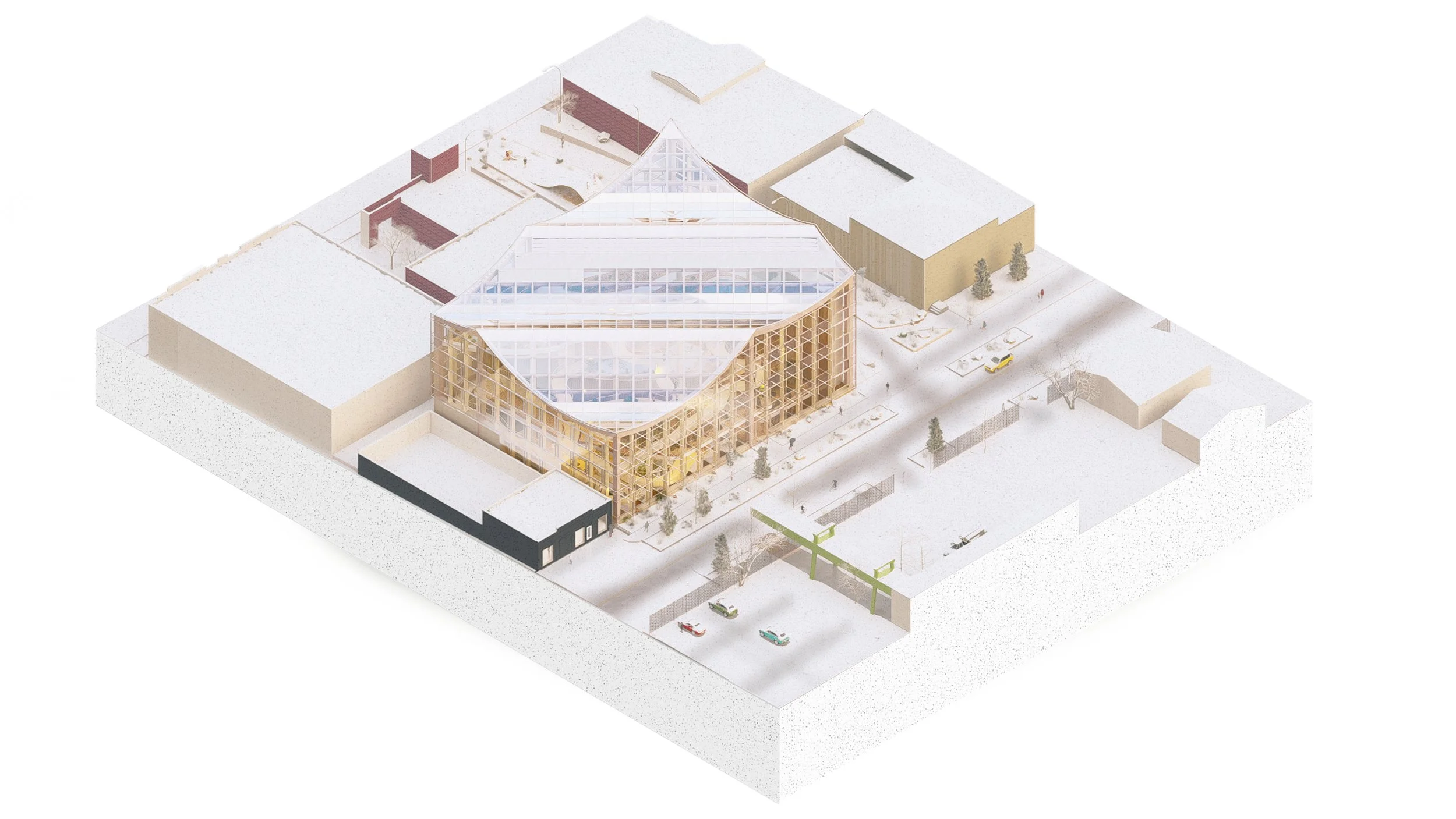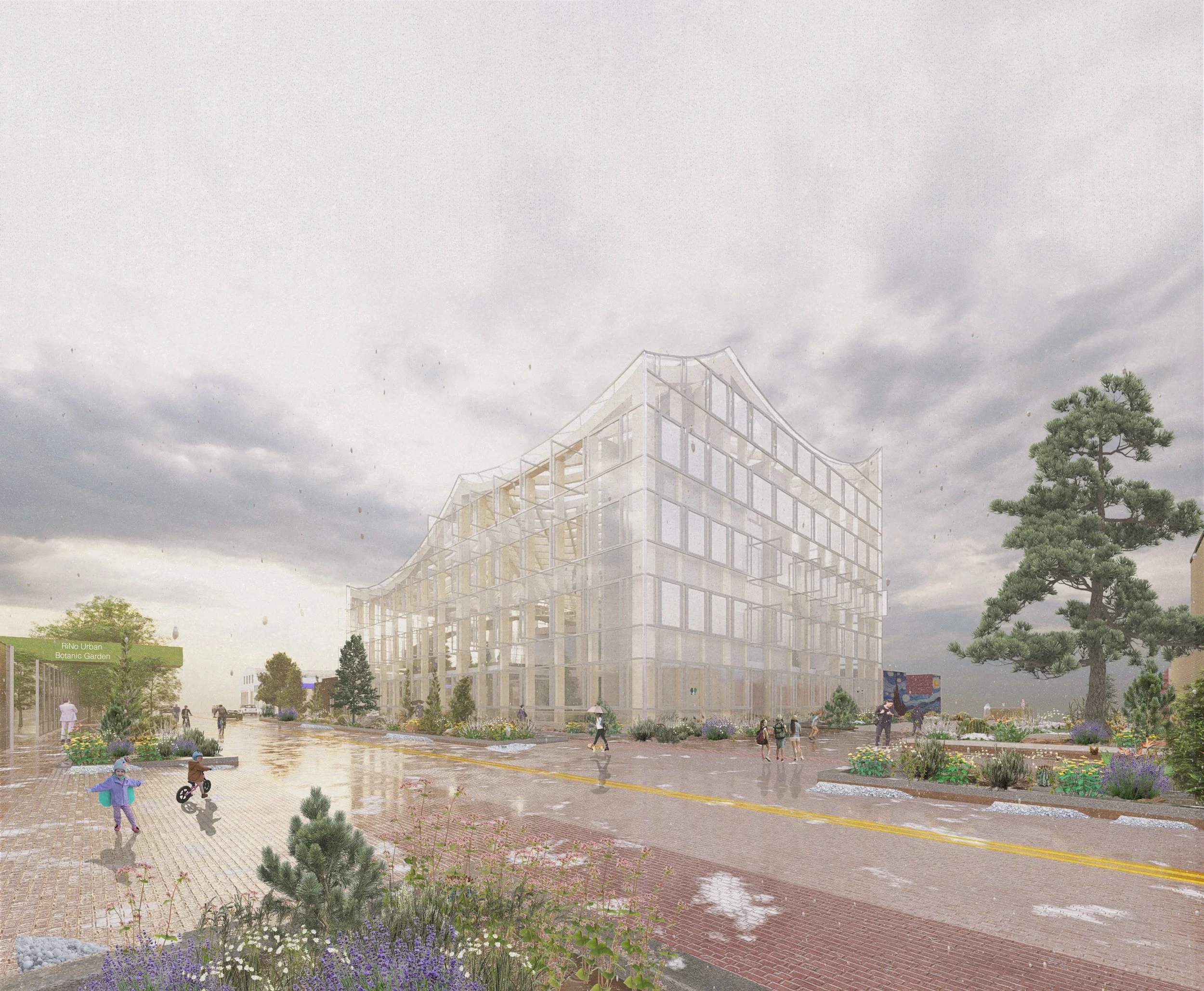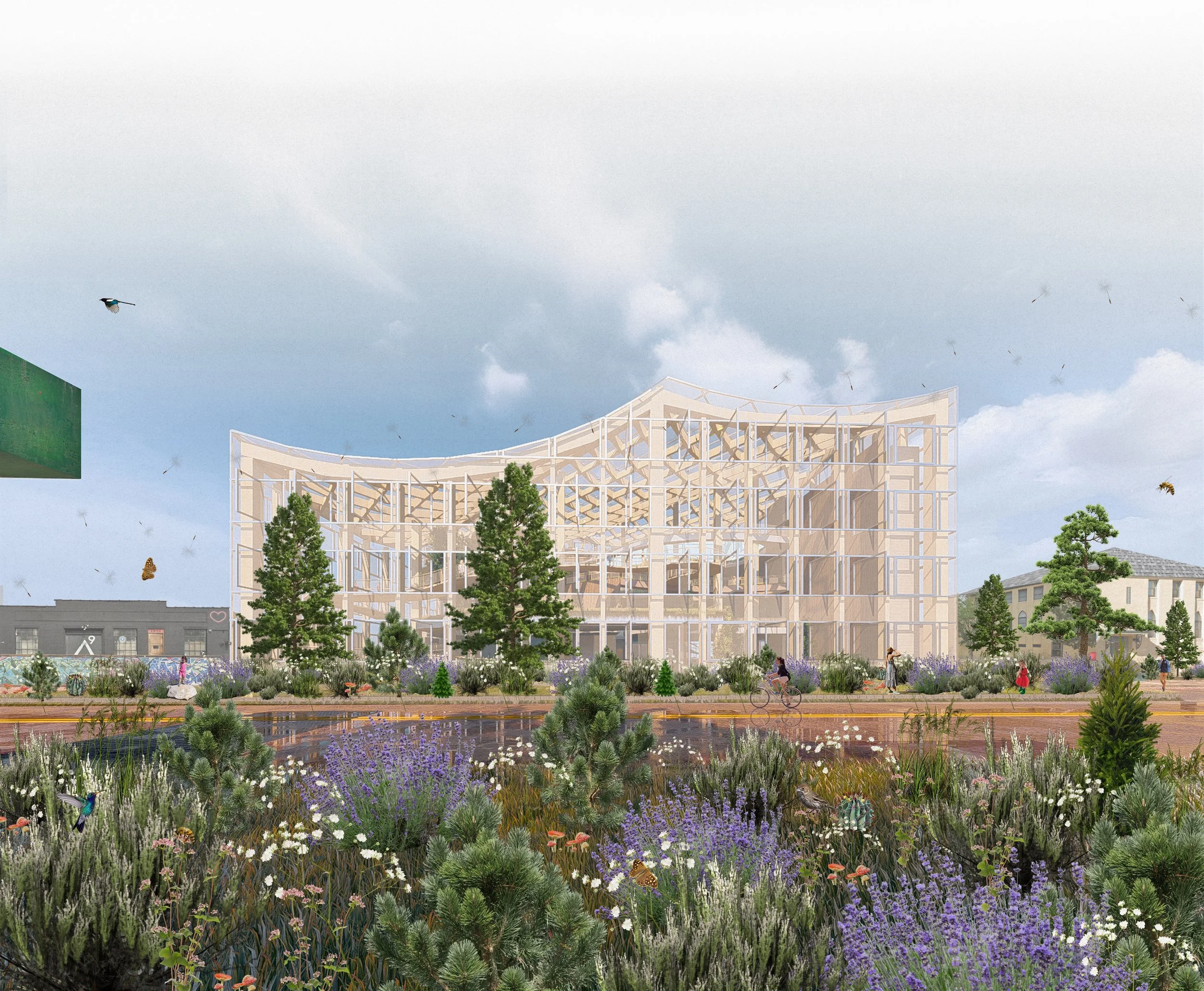The River North Arts District is just north of downtown Denver, Colorado. It is a once highly industrial area that has started to become more mixed-use in recent years and now includes many new restaurants, bars, offices, hotels, apartments, galleries, retail, and more. While there are many positive results to the changes being made in this part of Denver, there are important aspects that should be remembered with designing a new building in this part of the city.
It is important that buildings are being designed for the realistic future that we want, not the present that we currently have. A building should be net-zero, if not net-positive. A building should be built to last and be able to be modified for various uses as needs change over time. A building should be a place where people want to be; where they enjoy visiting, working, or living. A building should not just do “less bad” but should actively be doing as much “good” as possible. A building should use sustainable materials and have a low-carbon footprint. A building should not only be safe but feel safe, and consideration of safety should be thoughtfully addressed from the outside to the inside of a structure. A good building should make you aware that you are alive, or at least happy that you are alive. The streets that accompany a building should have little to no cars if possible and should draw inspiration from cities around the world that support longevity in our lives.
With all of that in mind, what sort of building does one create in a location such as this, where all the things needed to go into a building are going to be attempted to put into it, while having the program largely focus on the idea of sustainable indoor growing of possibly various sorts?
An indoor botanical garden became the concept. Despite the changes happening in RiNo, it is still a rather harsh urban environment. In order to design for the future we want, a building that can function as a cultural hub within the district where no such building within the area limits currently exists becomes a fitting contribution of structures to RiNo.
The urban botanical garden will be designed considering all the above mentioned. This building will bring much needed nature back into RiNo’s streetscape and community. It will offer a cultural and educational aspect to RiNo, which lacks any sort of botanical garden, aquarium, zoo, or large-scale museum. The design will include a welcoming approach that encourages the public of paying and non-paying alike to experience nature and architecture in one way or another. In addition, the upper level(s) of the building will act as residential space for experimental urban micro homesteads for employees and resident students of the botanical garden.
“The future is not some place we are going, but one we are creating. The paths are not to be found, but made. And the activity of making them changes both the maker and the destination.”
― John Schaar












